How to soak zucchini seeds?
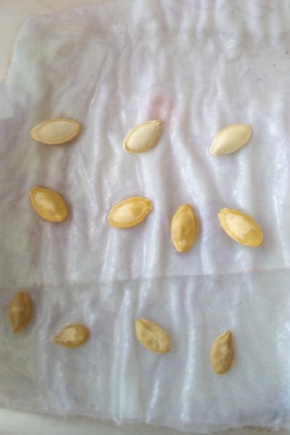
Zucchini can often be seen in the garden beds and summer cottages. A tasty healthy vegetable is popular with gardeners, as it does not require intensive care, it quickly bears fruit. Even not the most experienced summer resident will enjoy a good harvest. But in order to get good shoots, you need to properly prepare the seeds.
Why do you need to soak?
Of course, if you are going to use purchased seeds, then no additional manipulations even before planting in the ground will be required: the seed is usually subjected to the necessary processing at the enterprise. However, it should be expected that not all seeds will sprout, and the quality of fruits of an unknown variety is impossible to predict. If you are preparing your seed, then it is worth the work. And you should also soak purchased seeds if they have been lying for a long time and have dried out a little (zucchini seeds are usually well preserved). A properly performed soaking procedure will definitely be useful for germinating seeds for seedlings.
- Seedlings will be stronger and more friendly.
- Soaking is a stimulating procedure, it will soften the hard shell of the seed and significantly accelerate the time of its germination.
- The chances of a rich harvest will increase if you use substances that activate and stimulate plant growth. To enrich seeds with the necessary elements, both ready-made commercial preparations and folk remedies are used.
In addition, with the help of soaking, you will check the germination of the seed, and plant quality samples.
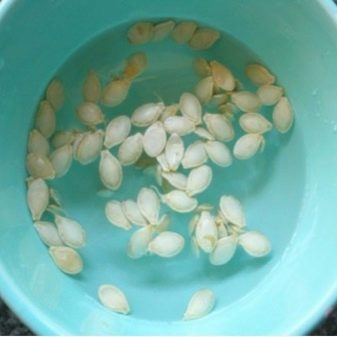
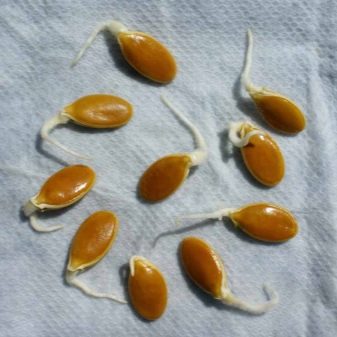
Preparation
Preparation for the procedure takes place in several stages.
- The first step is to select healthy seeds. They should be large and dense. They should not have yellow spots, moldy places, no mechanical damage. Seeds with signs of disease or damage are thrown away, since they will not give good shoots. The sorting step is called sizing.
- Many gardeners recommend not skipping the seed warming step. They are folded in paper bags or cloth bags and placed near a radiator or other heat source, in places where the sun is bright. The higher the temperature, the shorter the heating time. However, it should be borne in mind that this stage lasts a long time (at least 2 weeks, and some gardeners talk about 2 months), so the preparation of seeds for sowing should be done in advance.
- Disinfection is equally important. It is best to use ordinary potassium permanganate, from which a not too saturated pink solution is prepared. Streptomycin, which is easy to get at the pharmacy, is also good. The inoculum is kept in the solution for about 0.5 hour, after which it is washed with clean water. Disinfection reduces the risk of fungal diseases in future seedlings.
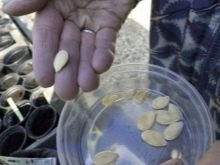
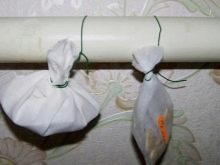

Soaking methods
After completing the preparatory steps, you can proceed directly to soaking. In order to subject the procedure to suitable seeds, and to be sure of their quality, it is recommended to test them for germination. This can be done fairly quickly. Pour warm water into the container, and pour the seeds into it, stir a little. After 7-10 minutes, when they absorb moisture, you can look at the result. Suitable samples for further processing will sink to the bottom, and unusable ones float up.
Preparation for the subsequent procedure does not take much time. If you soak the zucchini seeds properly, they will hatch in a few days. Experienced gardeners know that germinated seeds germinate quickly and amicably.
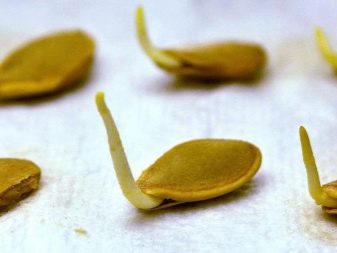
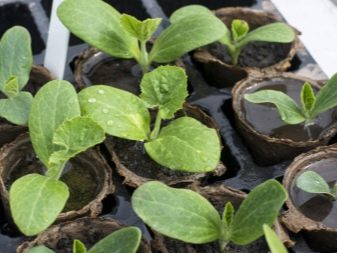
You need to prepare a wide, shallow container, and cover it with a napkin or gauze folded in several layers. The fabric must be pre-moistened. Seeds are laid out on it, and covered with another napkin. Then the liquid is poured so that it barely covers the fabric. The container is placed in a dry, warm place. When sprouts appear, the seeds can be planted in the ground. If, for some reason, the sprouts do not appear for a long time, after 2 days the liquid must be changed to fresh.
It is better to use purified or thawed water for soaking, but ordinary boiled water is also quite suitable. Quite often, instead of water, other liquids or solutions are used to speed up sprouting.
Stimulants can be both chemicals and homemade products.
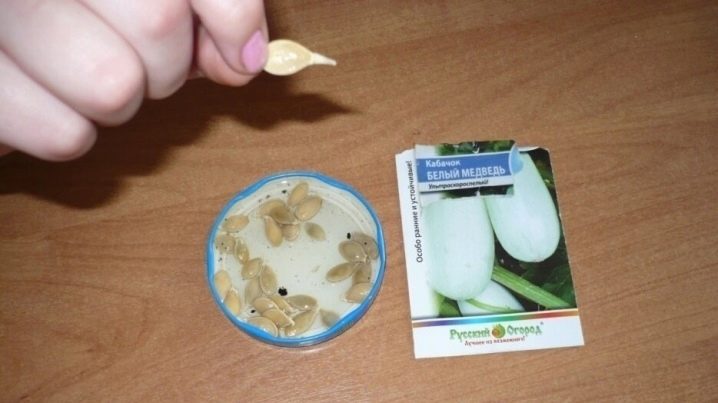
In chemical preparations
There are a number of off-the-shelf popular products that are easy to purchase from specialty stores. The drug "Epin-extra" is in high demand; in everyday life it is called "Epin". It is a growth stimulant for plants.
An artificially created epibrassinolide is introduced into the product as the main active ingredient. Its action is similar to that of the natural plant hormone brassinolide. It stimulates seed germination, enhances the protective forces of future shoots from adverse factors and increases productivity. You should know that a couple of drops of the product are enough for half a glass of water. It is enough to soak the seeds in Epin for 6 hours.
The gardeners are familiar with the drug "Zircon", which is used at different stages of growing crops. Its dosage is also small; it takes 15 hours to soak the seed in the solution. "Zircon" does not have a detrimental effect on harmful microorganisms, but serves to stimulate the immunity of plants, strengthen their root system.
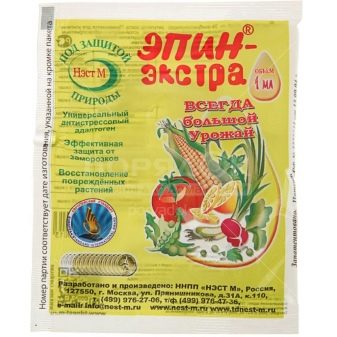
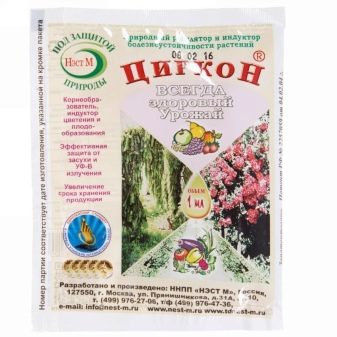
In folk remedies
Folk remedies are no less popular. Perhaps they have a less effective effect than chemical products, but many gardeners use them due to their gentle properties. DOften the seeds are soaked in hydrogen peroxide. It disinfects planting material well, neutralizes harmful microorganisms. The culture improves immunity, it becomes more resistant to infections that may later be encountered by plants in the garden.
To prepare the solution, take 1 tablespoon of 3% peroxide and dilute in a glass of water. To make the process more effective, the seeds can be previously held in warm clean water for half an hour. They are kept in peroxide for 10-12 hours, then washed and dried a little.
Seeds can be treated with hydrogen peroxide before direct planting in the ground. In this case, the seeds are kept in an undiluted solution for 20-30 minutes.
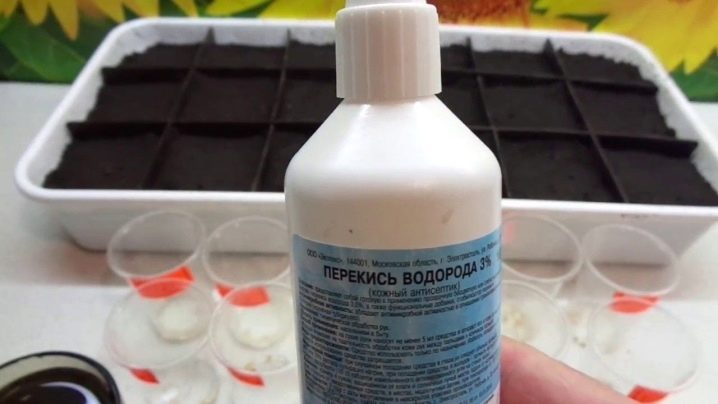
The same procedure can be carried out in potassium permanganate. For this, a saturated pink solution is prepared. The advantage of the procedure is that at the same time you can check for germination, because damaged seeds do not sink. Those that have surfaced, you simply remove from the surface of the solution.
You should know that potassium permanganate helps to strengthen the immunity of the culture to many ailments, but it will not be able to prevent infections of bacterial origin. In addition, it will not increase seed germination.
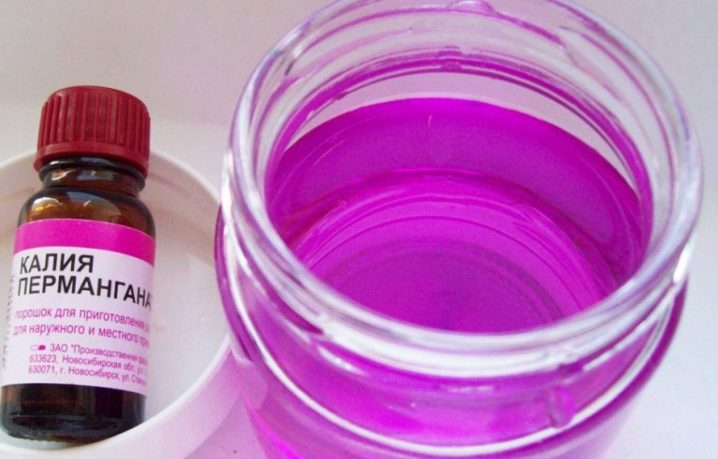
Quite often, other products are used that stimulate seed germination. For example, ash, potato juice, bee honey. Aloe juice shows good results when soaking long-stored seeds. It not only stimulates growth, but also disinfects.
Several washed aloe leaves are crushed until a liquid consistency is obtained, and diluted with water in a 1 to 1 ratio. After a couple of hours, the inoculum is placed in the liquid, and left for about a day.It is noteworthy that after soaking in such a solution, the seeds do not need to be washed.
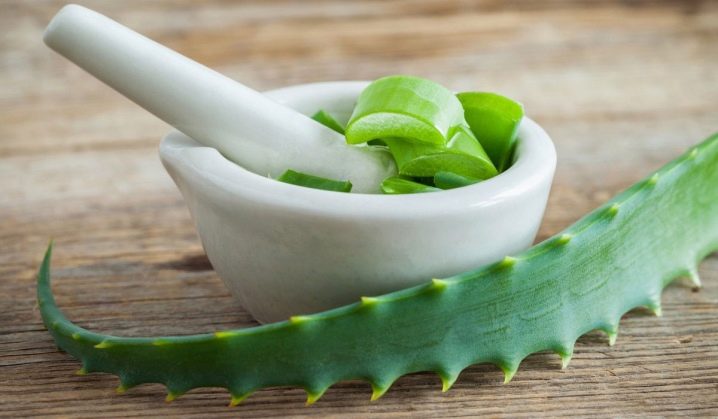
Useful Tips
There are a number of guidelines to follow when soaking your seeds.
- There is no need to soak the seeds one by one in different products, the procedure with one product is quite enough.
- Do not make a too concentrated solution, the instructions for the preparations indicate the optimal amount of the product. And also do not exceed the specified exposure time of the product.
- When the seeds have hatched, the procedure can be stopped and the seeds are planted in the ground.
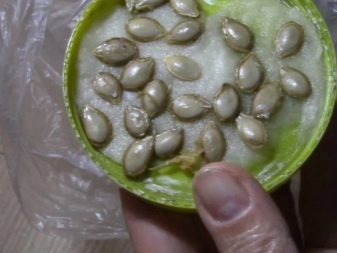
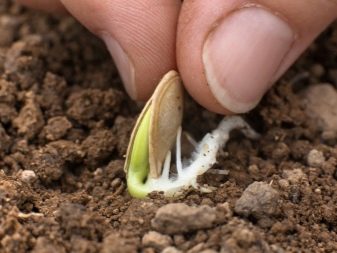
Possible problems
When growing zucchini, the gardener may face some problems. The most common is that even prepared seeds do not germinate. The reasons may vary. For example, the timing of sowing seeds for seedlings or into the ground is not observed, temperature and weather conditions are not taken into account. Planting a heat-loving culture can be done when there is no longer a threat of recurrent frosts, and the soil has warmed up to + 12 ° C.
Sometimes it happens that the seeds of last year's harvest do not hatch, large, dense and without damage. Most likely, the storage conditions were not met: they were in a too tightly closed container, which did not receive air. Or the seeds were taken from a fruit that has not reached a suitable level of maturity. And also they could be improperly prepared for storage, poorly dried.
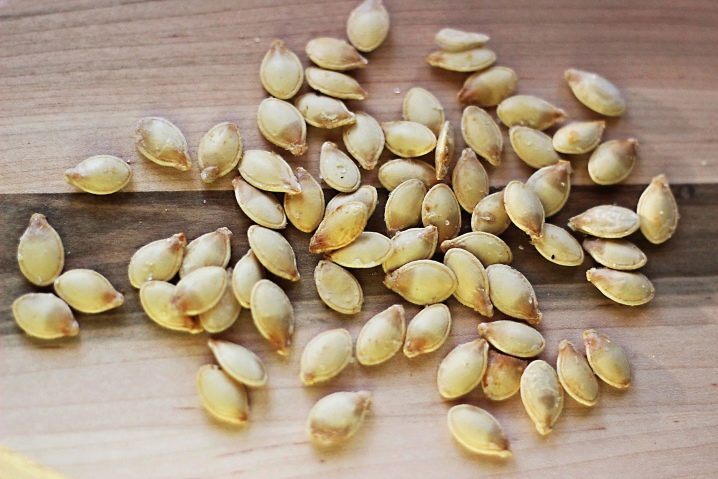













The comment was sent successfully.